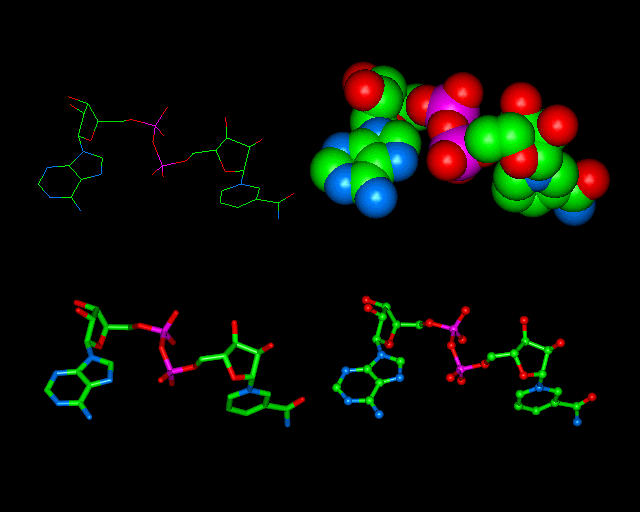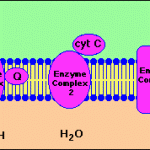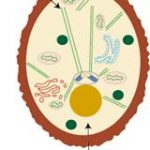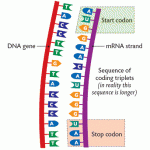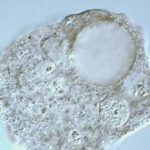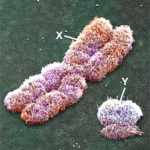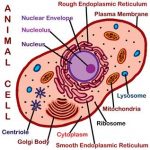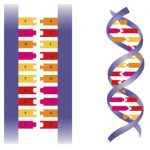Two important sources of energy which we will study are ATP and NADPH. These 2 energy supplies are discussed here.
*NOTE: The formation of the energy carries discussed here are explained in the photosynthesis and respiration web pages of this website.
ATP
ATP is the shorthand for Adenosine TriPhosphate. ATP is formed from ADP.
ADP is the shorthand for Adenosine DriPhosphate. ADP is a low energy molecule.
ADP is composed of:
1. a base called adenine
2. a sugar with 5 carbon atoms called ribose
3. 2 phosphate groups.
In order for the molecule to become an energy carrier used by cells it must receive another phosphate group. It then becomes ATP.
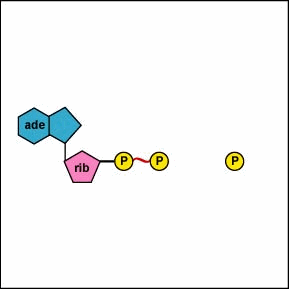
ATP is molecule is high in energy and, therefore, used in life’s organisms to carry on their life’s functions.
ATP is composed of:
1. a base called adenine
2. a sugar with 5 carbon atoms called ribose
3. 3 phosphate groups.
These molecules are held together by high energy bonds.
This process of a phosphate group being added to ADP to become ATP is called photophosphoylation.
ATP is used by cells for energy. When the energy is used it again become ADP.
Animation of ATP formation:
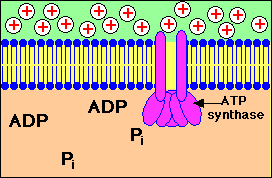
ADP combines with a phosphate group to form ATP. The ATP Synthase is the enzyme used in this process:
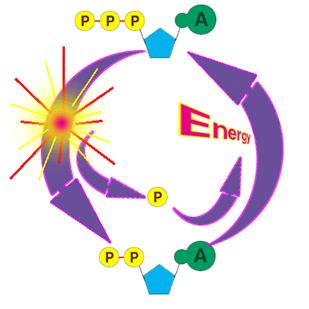
NADPH
NADPH is shorthand for Nicotinamide Adenine Dinucleotide Phosphate. NADPH is a high energy molecule.
NADH+ is the same molecule as NADPH but is a low energy molecule, In order to become NADPH it must gain 1 Hydrogen atoms (proton) and 2 electrons.
When a substance gains electrons it is said to be reduced. Therefore, NADP+ is reduced to become NADPH.
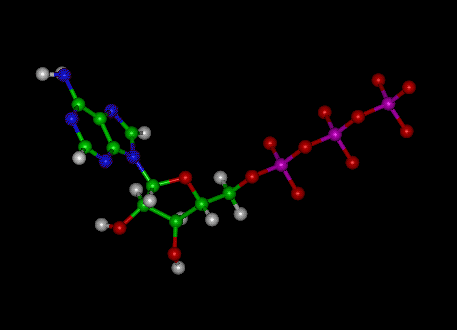
The NADPH is used in cells for energy. When the NADPH releases its energy it becomes NADP again.
Molecular Models
ATP:
